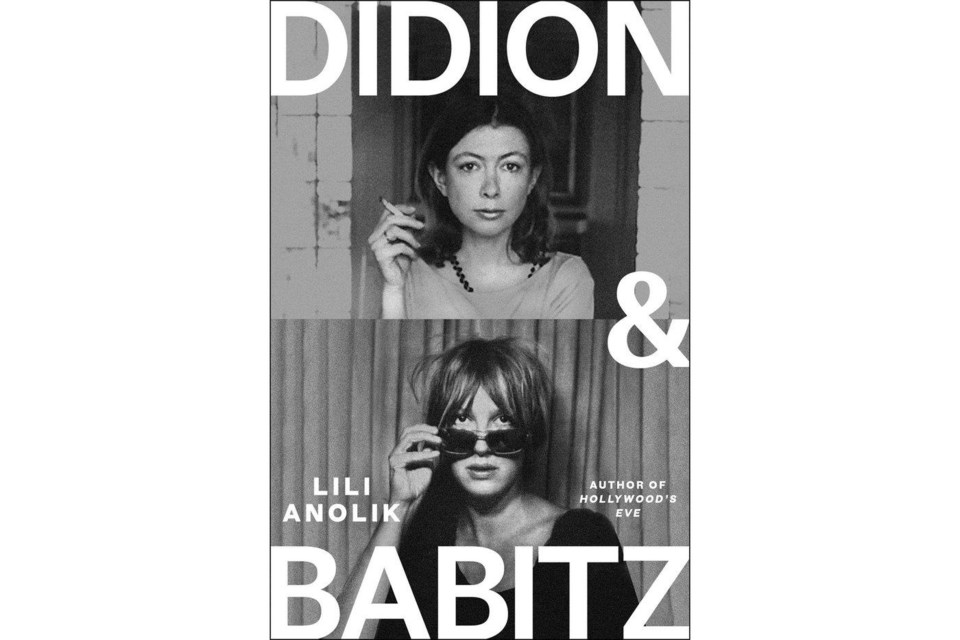An entire generation of literary-minded women has not stopped telling itself stories influenced by master storyteller The same, alas, cannot be said of a Hollywood bad girl whose life briefly intersected with Didion’s in the late 1960s and early ’70s.
Few writers, of course, have the stature of Didion, and Babitz does have a contingent of ardent and influential admirers. Her biggest fangirl might be Lili Anolik, a contributing editor at Vanity Fair whose 2014 article about Babitz, followed by her 2019 biography “Hollywood’s Eve,” fueled a revival of interest in her work.
Now Anolik is back with a new book, “Didion & Babitz,” in which she explores the complicated relationship between the frenemies and declares her devotion to the less well-known of the two: “I’m crazy for Eve, love her with a fan’s unreasoning abandon. Besides, Joan is somebody I naturally root against: I respect her work rather than like it; find her persona — part princess, part wet blanket — tough going; and resent her for siccing on us, the innocent reading public, an army, seemingly unending, of middle-class young-women personal essayists who take their feelings very ultra-seriously and expect us to do the same.”
The two women met in 1967 when Didion and her husband, John Gregory Dunne, were living at 7406 Franklin Avenue in Hollywood, a louche time and place that Didion immortalized in her breakout collection of nonfiction, “Slouching Towards Bethlehem.”
In 1971, Didion helped Babitz get a story published in Rolling Stone magazine — “She is a painter, not a writer,” Didion told the editor. Eventually, that led to a book deal. But their friendship fractured when Didion and Dunne were enlisted by Babitz’s publisher to edit the book, which became “Eve’s Hollywood,” and Babitz bristled at their criticism. Later, she boasted to a friend, “I fired Joan.”
Anolik makes a convincing case for Babitz’s literary genius and sets up an interesting contrast between the two women— one loose, libidinous and joyfully debauched; the other shy, cerebral and tightly controlled.
But don’t expect the calm, organized, even-handed approach of a literary critic or biographer. In the breathless, gossipy style of the tabloids, and with frequent, winking asides to the “Reader,” Anolik dishes dirt on all the major and minor players in their haute bohemian circle, especially Didion and Dunne. In the end, everyone ends up looking bad, including, sadly, Babitz.
___
AP book reviews:
Ann Levin, The Associated Press



